
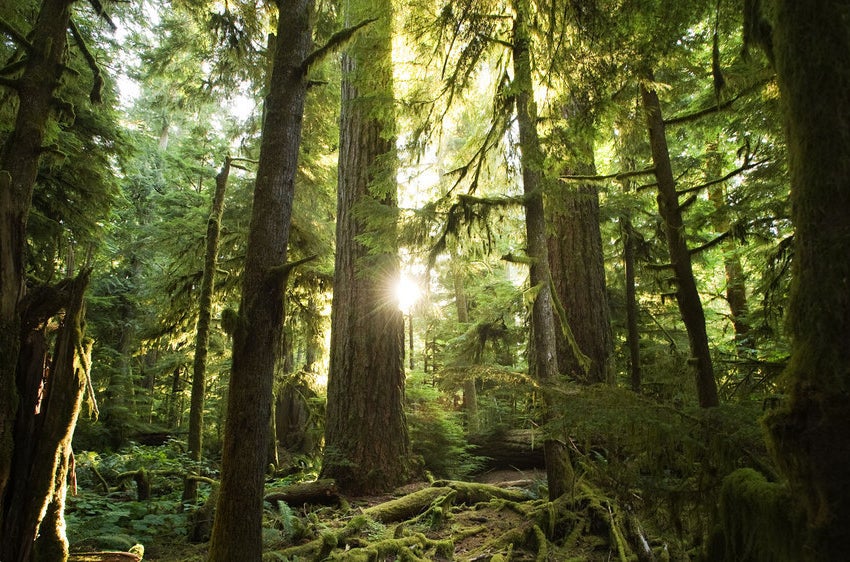




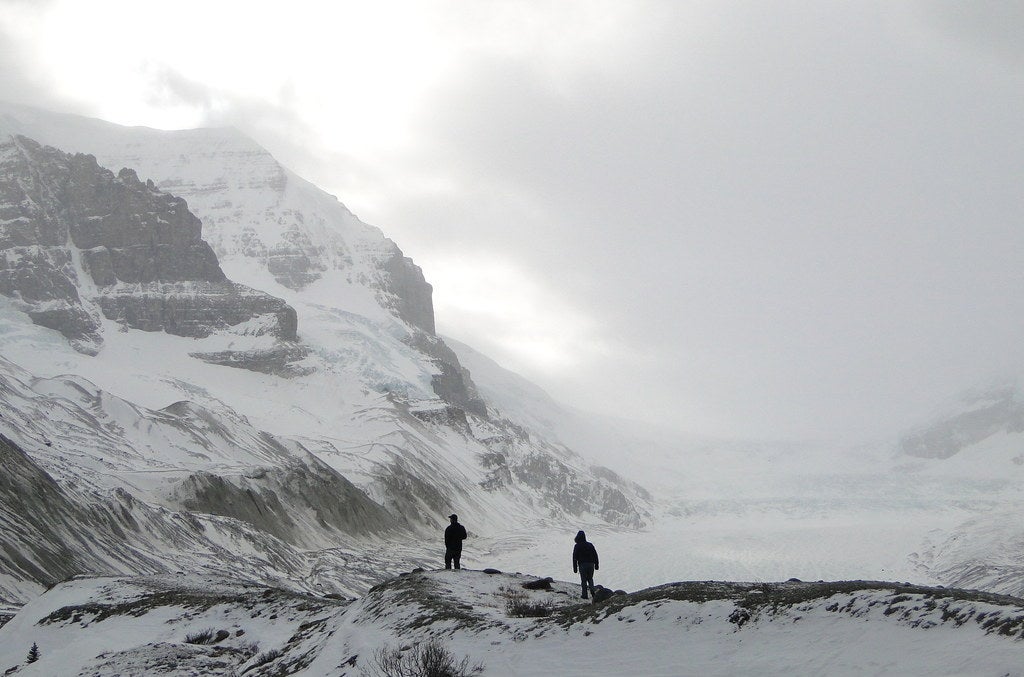
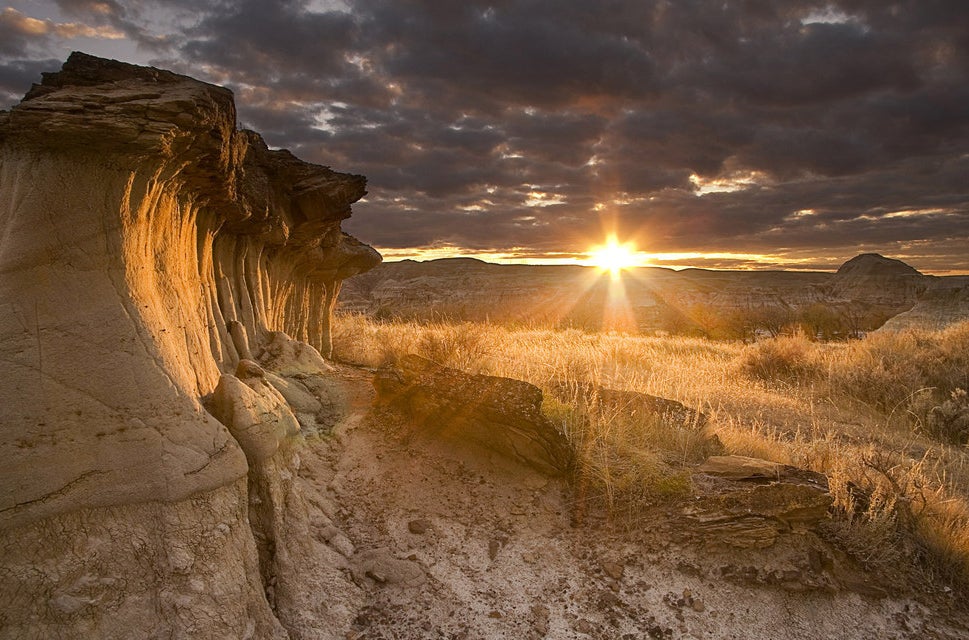
Banff National Park (top): The area that was destined to become Banff National Park was discovered by three Canadian Pacific Railway construction workers in 1883. As the first national park of Canada, Banff National Park is home to amazing visual destinations like Moraine Lake.
Columbia Icefield (bottom left): At the size of 215 square kilometres, Columbia Icefield is the largest icefield in the Canadian Rockies. It also serves as the source of the most-visited glacier in North America: Athabasca Glacier.
Dinosaur Provincial Park (bottom right): This area of badlands is a treasure trove of preserved fossils. Archeologists have discovered 60 specimens that represent more than 45 genera and 14 families of dinosaurs.


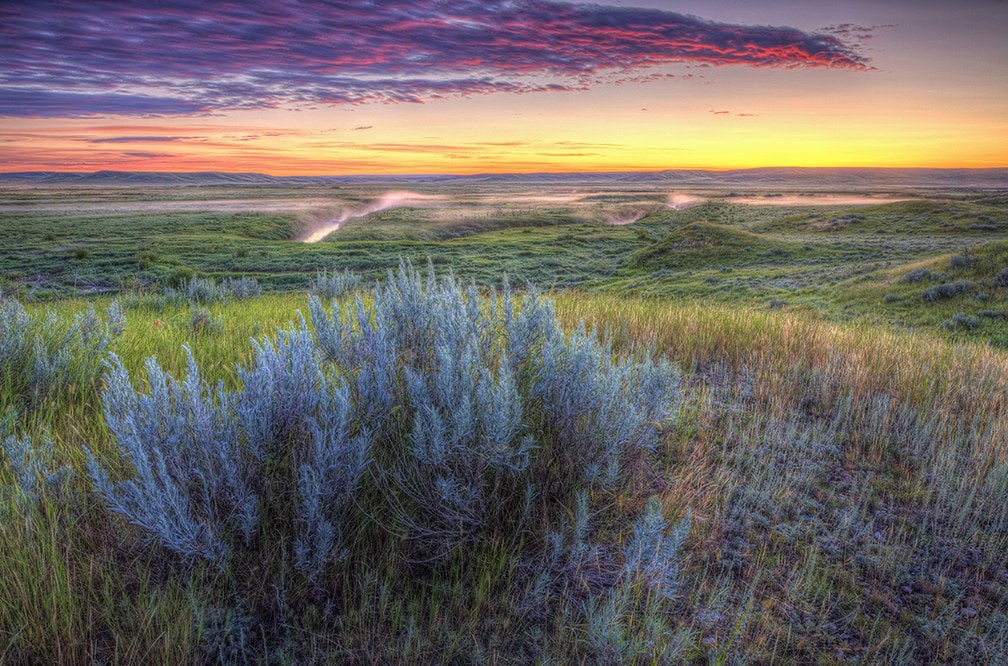


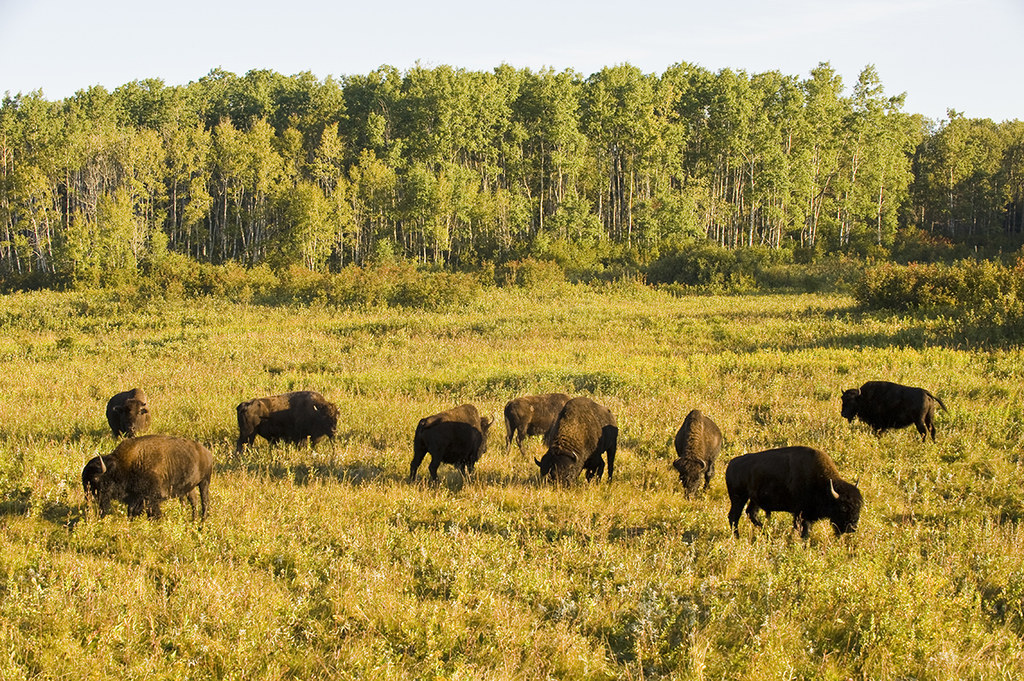


Riding Mountain National Park (top): With the melding of prairie, forest, and lakes, Riding Mountain National Park situates visitors in the same setting as wolves, elk, bears, and bison.
Churchill, Manitoba (bottom left): Located on the northeastern part of Manitoba, Churchill is the prime location get up close and personal with a polar bear, spot beluga whales, or experience the awe-inspiring aurora borealis.
Carberry Desert: Spirit Sands (bottom right): As a result of a melting glacier and the sands present in the Assiniboine Delta, the Carberry Desert came into existence. This 4-square-kilometre area has zero vegetation and is home to a sparse number of organisms.





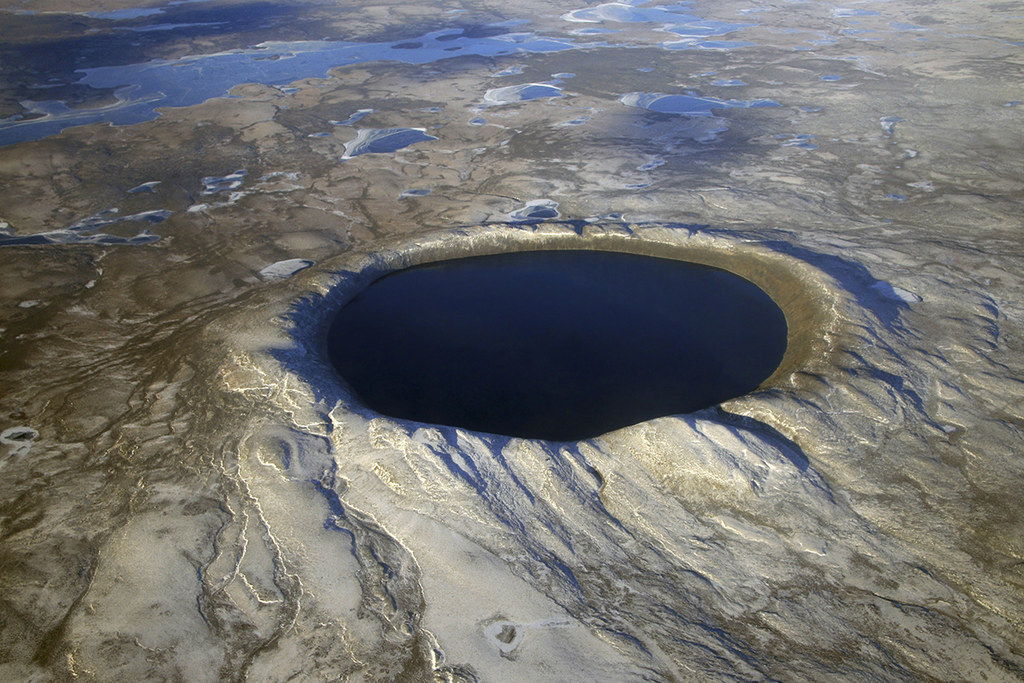


Pingualuit Crater (top): One of the world's most astonishing meteorite impact craters is situated in the far north of Québec. The Pingualuit Crater, also known as Chubb Crater, has a width of 3,440 metres and a depth of 400 metres.
Rocher Percé (bottom left): Off the coast of Gaspésie is Rocher Percé (Pierced Rock) lays immersed in the Gulf of St. Lawrence. This rock formation is only connected to the mainland during low tide.
Village historique de Val-Jalbert (bottom right): Time-travelling back to the 1920s, this historic town offers the breathtaking view of Ouiatchouan Falls. This crowd-attracting waterfall is actually taller than Niagara falls.

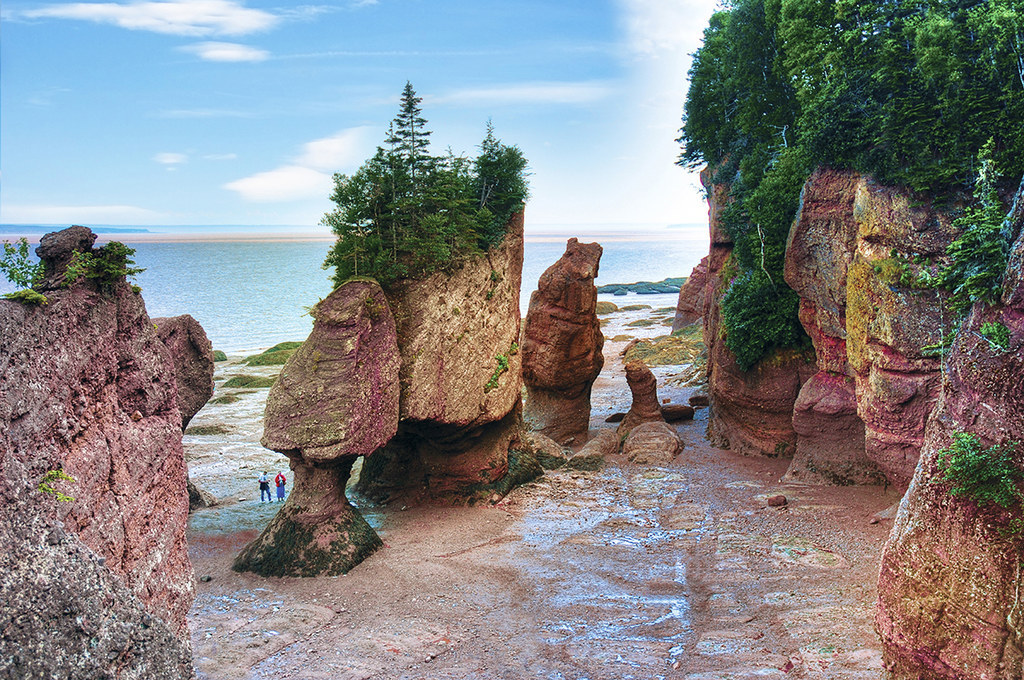

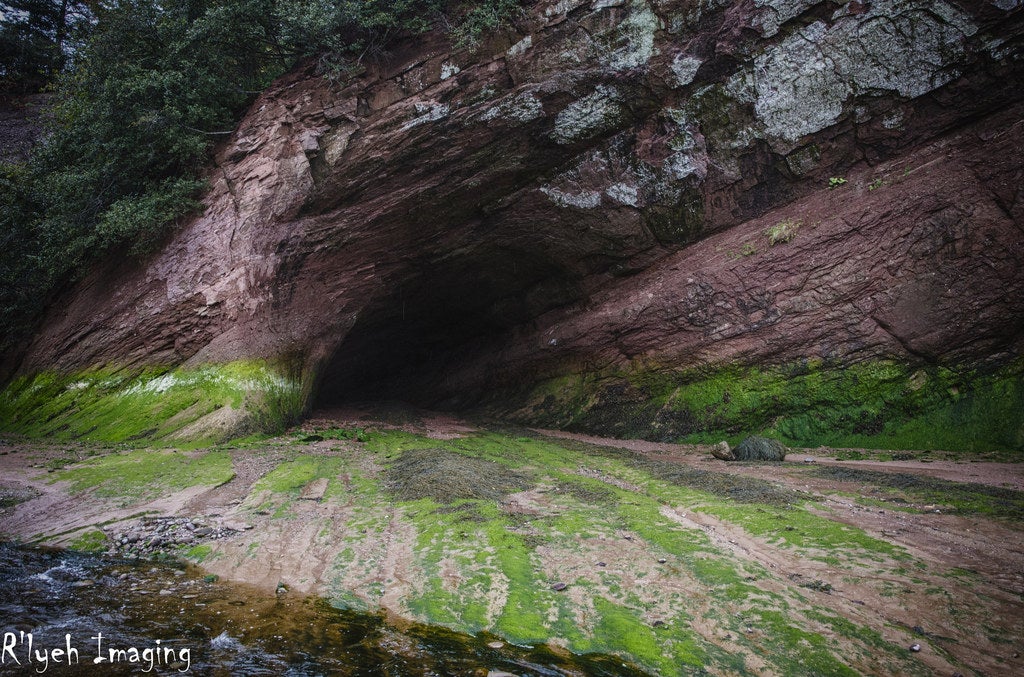
Hopewell Rocks (top): The famous flowerpot stone formations are located along the shores of the Bay of Fundy at Hopewell Cape. The tides are so extreme in this area that, at high tide it is possible to kayak four storeys above the ground that's accessible at low tide.
Fundy National Park (bottom left): As New Brunswick's first national park, Fundy National Park offers visitors a connection to lush greenery of the Acadian forest, a heated saltwater pool, numerous hiking trails, and various water features.
St. Martins Sea Caves (bottom right): Another natural treasure has been created due to the extreme tides of the Bay of Fundy. People can access the sea caves and caverns at low tide, which consistently changes on a daily basis.

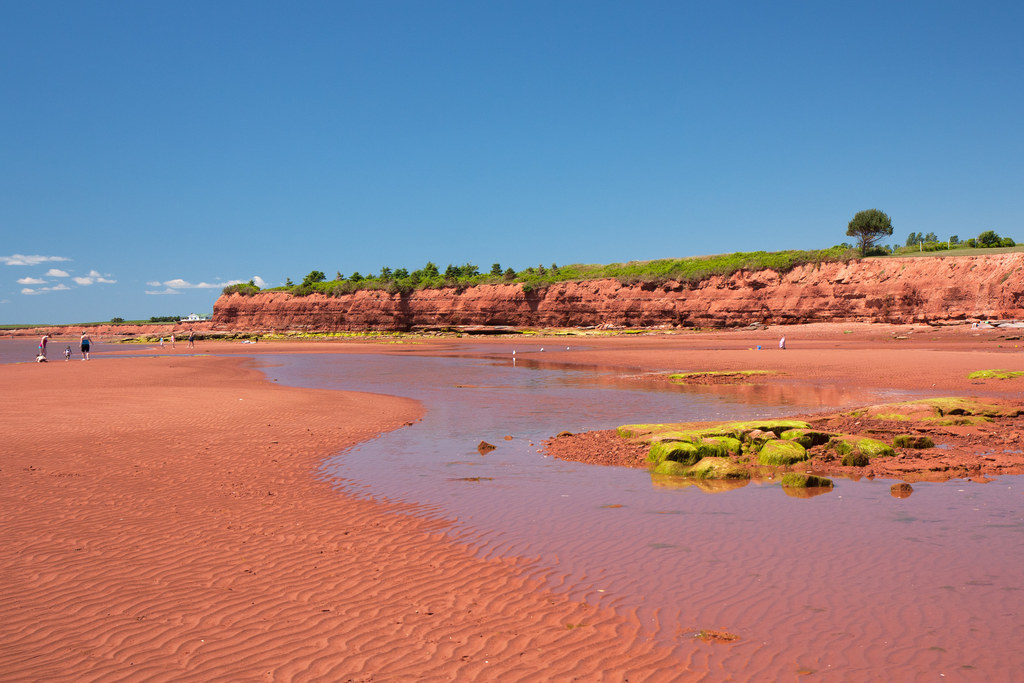
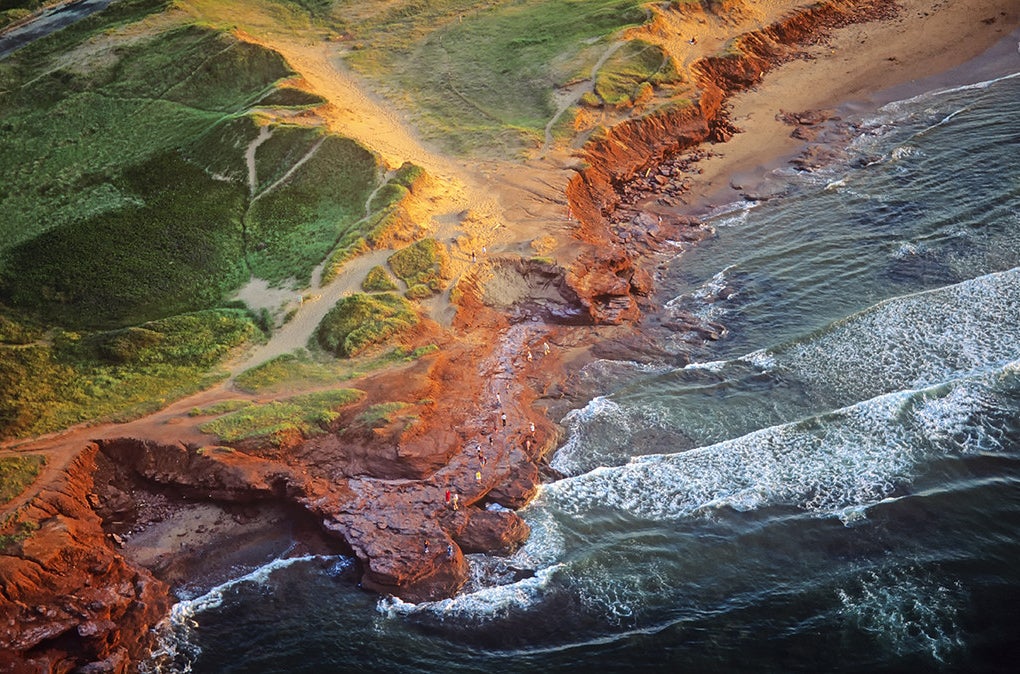
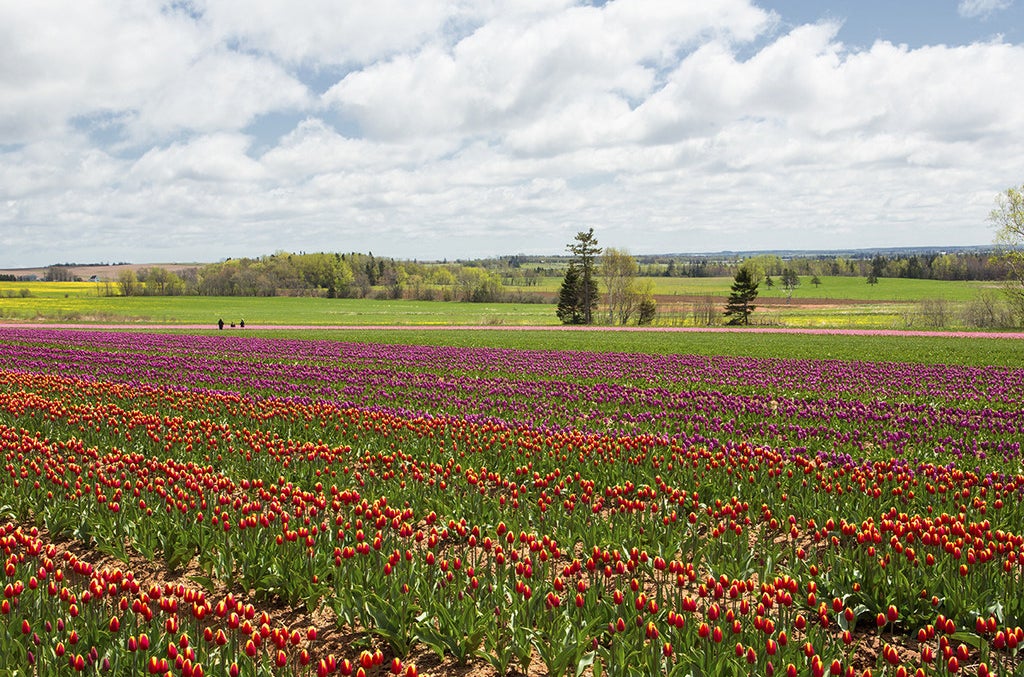
Argyle Shore Provincial Park (top): The contrast of the red sand, blue water, and surrounding greenery is a sight to take in along the Argyle Shore Provincial Park. On the southern shore of Prince Edward Island, visitors are able to clam dig and observe the natural habitat.
Prince Edward Island National Park (bottom left): With seven beaches and over 50km of hiking/biking trails, Prince Edward Island National Park is a treasure found along the north shore of the island. With scenic views and accommodating camp grounds, the PEI National Park is perfect for a family bonding experience.
Waterside Tulip Field (bottom right): With its optimal weather conditions, the spring season is a lot more colourful in Waterside as fields of tulips begin to grow. With the dazzling display of flora and a corresponding festival, it is no surprise that thousands flock to Prince Edward Island when the days start to warm.

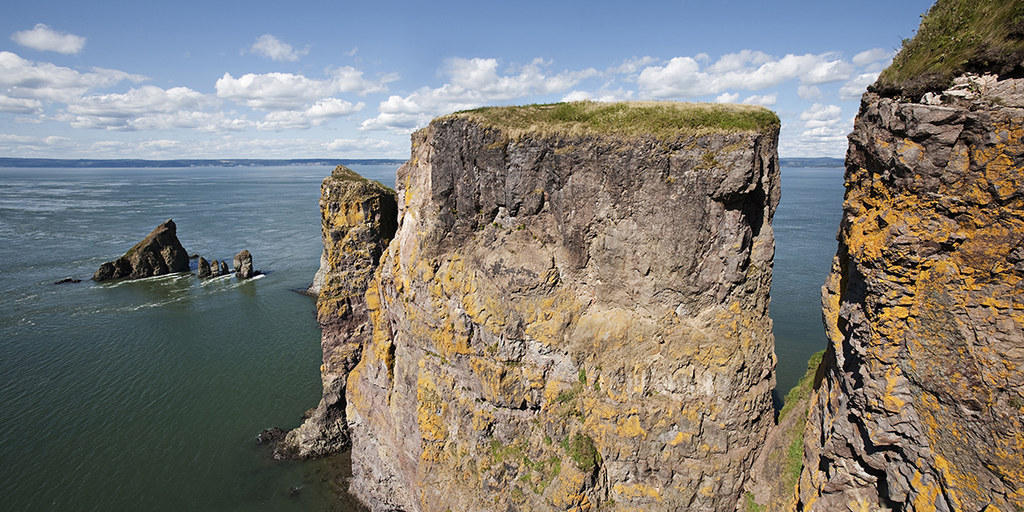

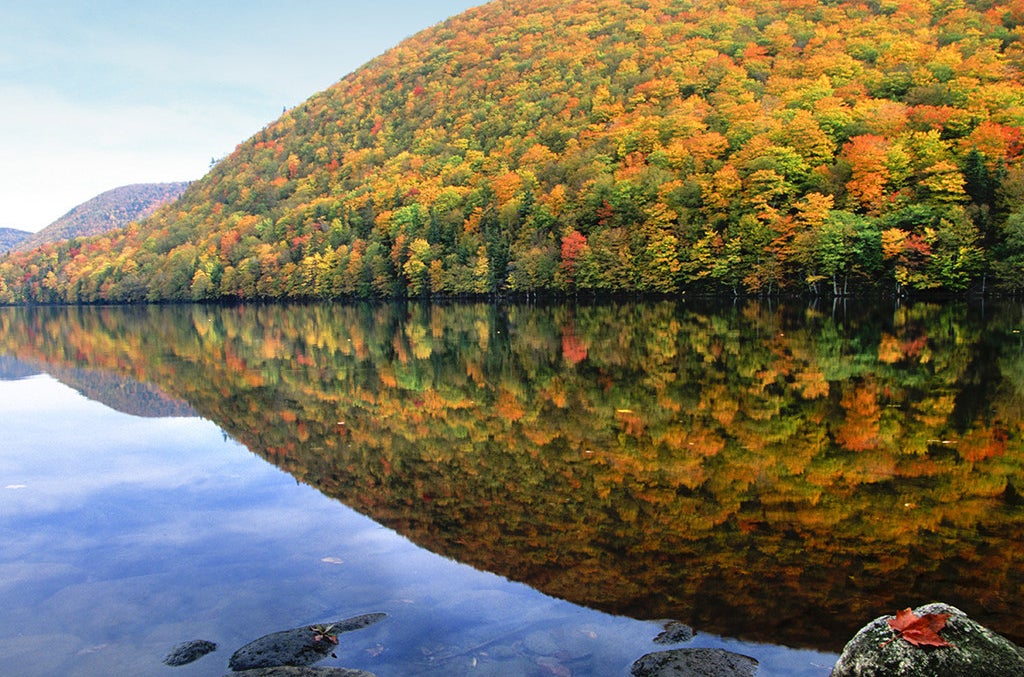
Cape Split (top): When visitors set to embark on the 8km hike, they are rewarded with some of the best coastal views that Canada has to offer.
Meat Cove (bottom left): The fishermen that settled on the northern tip of Cape Breton Island must have been big fans of stunning views. Visitors can set up camp surrounded by jagged rock formations.
Cabot Trail (bottom right): Named after famous explorer John Cabot, the Cabot Trail is a scenic roadway that navigates you around Cape Breton. Most people set aside three to five days to truly enjoy this sensory-fulfilling drive around Nova Scotia.





